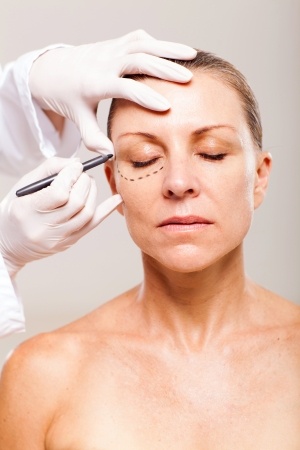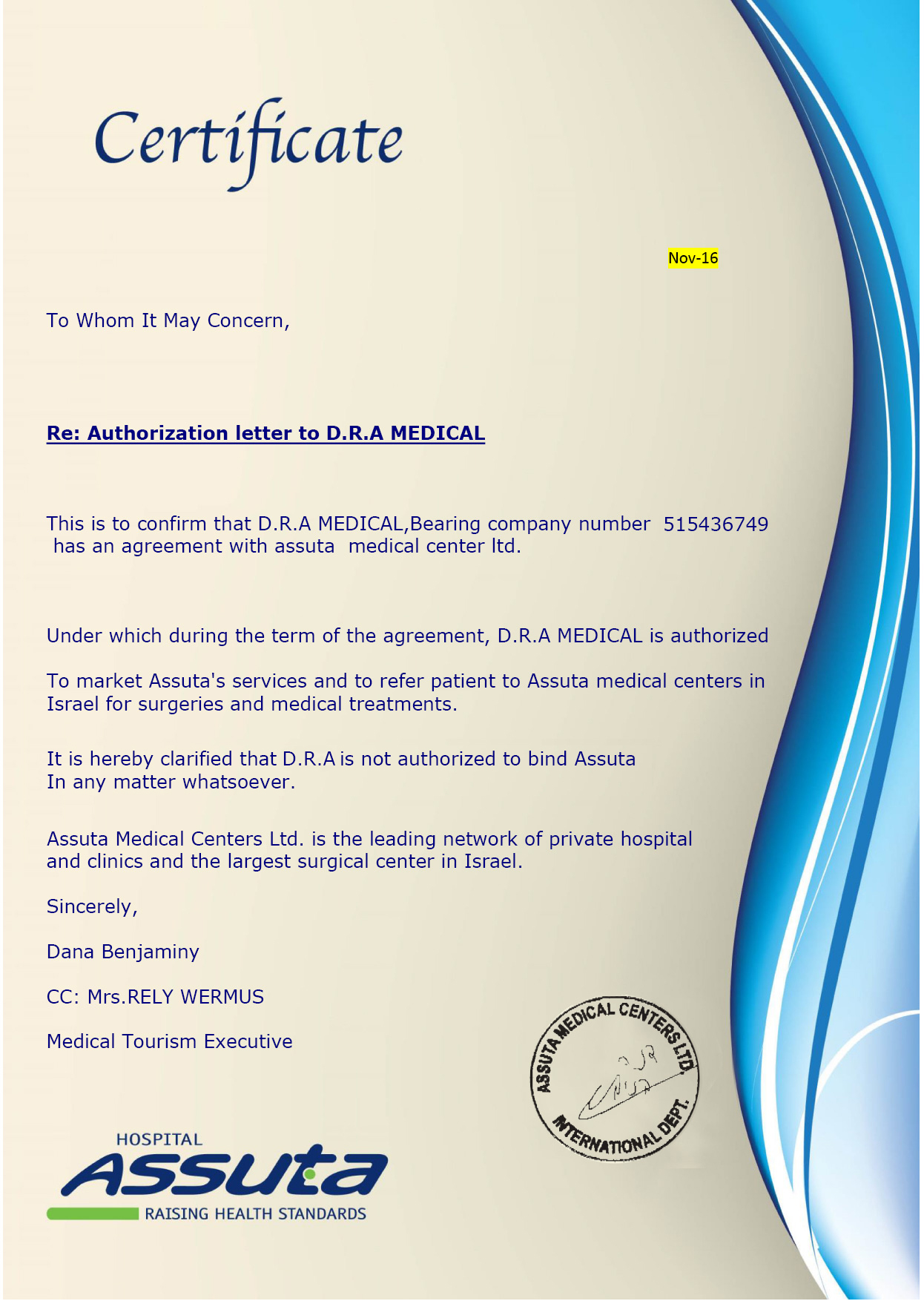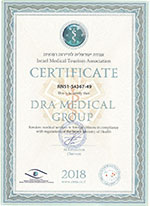Introduction
Blepharoplasty is the medical term for eyelid surgery. This procedure encompasses any alterations made to the upper or lower eyelids. It is not uncommon for eyelid surgery to be performed on both the upper and lower eyelids at the same time. Generally, the goal of eyelid surgery is to restore a younger and more relaxed appearance to the eyes, which may have faded due to aging or injury.
Who should pursue Eyelid Surgery?
As with any form of cosmetic surgery, you should first determine if eyelid surgery is right for you. This is best achieved by listing your personal motivations for seeking this surgery as well as a list of benefits you expect to receive in your everyday life following surgery. Blepharoplasty eliminates puffiness and droopiness by getting rid of fatty deposits, loose skin, fine wrinkles, and bags from both eyelid regions. So, if any of these conditions affect your self-esteem, social life, or even your vision, you should proceed with eyelid surgery.
Planning Eyelid Surgery
Considering that eyelid surgery affects the face, which is nearly impossible to cover from the public eye, it is essential that you select a plastic surgeon you can trust, is certified, ethical, and experienced in most if not all plastic surgery procedures. Prior to your surgery, you will have at least one scheduled consultation with your doctor to discuss your motivations and expectations. From prior surgeries to current medical conditions, be candid in sharing your medical history with your doctor. Even if you suffer from allergies or dry eyes or wear contact lenses, this is vital information that you should not withhold. The more your doctor knows about you, the better he or she can formulate the best strategy for your eyelid surgery.After examining you physically and getting a full understanding of your desires, your surgeon may recommend the accompaniment of other surgeries, like a forehead lift, eyebrow lift, or chemical peel, to ensure you the best results possible.
How is Eyelid Surgery performed?
Blepharoplasty surgical techniques vary from one individual to the next depending on the amount and location of your problem areas. Whichever technique your doctor chooses, this outpatient surgery will be performed under intravenous sedation or general anesthesia. Eyelid surgery incisions are made strategically along the eye and eyelid’s natural creases to minimize scar visibility. Once problem areas are exposed, the surgeon removes excess fat and skin, adjusts remaining fat, and tightens underlying muscles and tissues. Sometimes surgeons may employ a laser to tighten the surrounding skin and tone dark discoloration. Finally, the surgeon closes the incision with dissolved sutures, bandages, and tape.
After the surgery
Collection of blood under the skin, infection, scarring, and eye irritation may occur as a result of eyelid surgery. In addition, smoking or taking aspirin and any anti-inflammatory drug can increase your risk for these conditions. For proper healing, your surgeon may instruct you to rest with your head elevated and cold compresses on your eyelids. Numbness, tightness, mild discomfort, blurry vision, excess tearing, or dryness is common as well as swelling and bruising. You may also experience some sensitivity to light along with difficulty closing your eyelids. In that case, you can wear sunglasses for both relief and protection.Prior to having your stitches removed during a follow-up appointment, avoid strenuous activity, such as bending and lifting, so that your incisions do not reopen. Also, monitor your health daily for chest pain, irregular heartbeat, or shortness of breath. Overall, recovery time varies per person, but mostly relies on how quickly your vision clears. At that time, you can return to your normal activities like working and driving.









